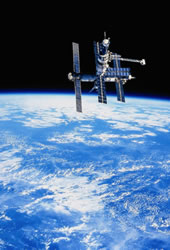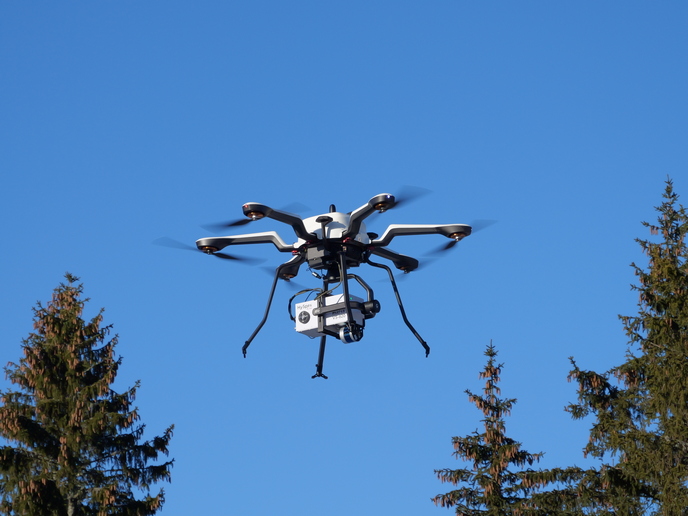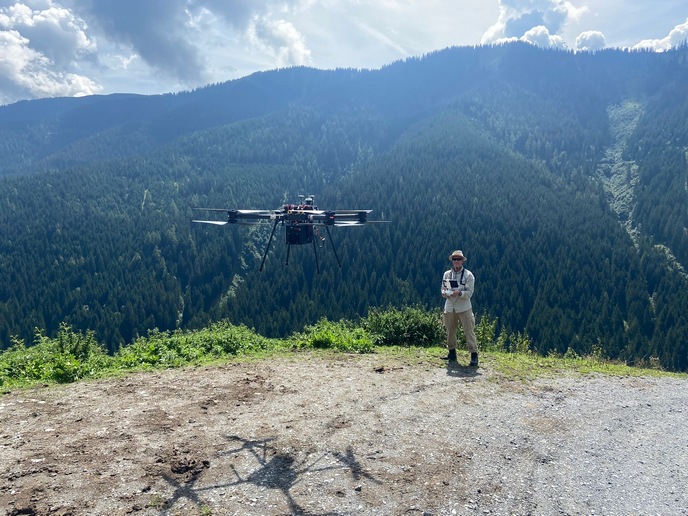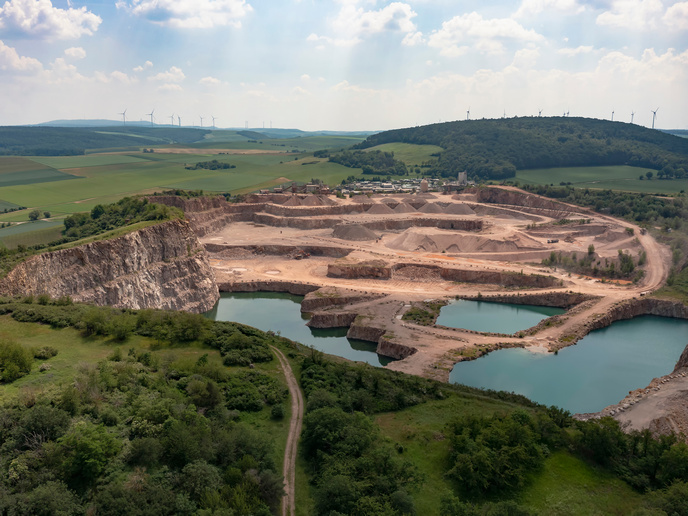Satellite determination of rainfall
Weather forecasting is now global in nature. In order to improve accuracy, the network of monitoring equipment must be extended. However, coverage of many regions remains minimal to non-existent, particularly over the world's oceans that cover over two-thirds of the Earth's surface. Satellites may provide the answer. Sitting several thousand kilometers above the Earth's surface, satellites offer a wide range of coverage. Situated over Europe is METEOSAT, the latest in a series of weather satellites launched in association with the European Space Agency. Engineers at the University of L'Aquila in Italy set an ambitious target of merging data collected with different sensors aboard METEOSAT to provide continuous estimates of rainfall rate over a wide area. The result is the Microwave Infrared Combined Rainfall Algorithm, or MICRA. MICRA draws on two kinds of data. The Special Sensor Microwave Imager (SSM/I) and the Tropical Rainfall Measuring Mission (TRMM) sensor provide information in the microwave region of the spectrum. Conversely, reflected visible and infrared radiation is collected by the Spinning Enhanced Visible and Infrared Imager (SEVIRI) radiometer. A major difficulty overcome by MICRA is resolving the difference in spatial and temporal resolution between the two datasets: LEO-MW (Low Earth Orbit MicroWave) and GEO-IR (Geosynchronous Earth Orbit InfraRed). Following a series of complex mathematical manipulations, the initial LEO-MW-based estimate of the rainfall rate is strengthened by the incorporation of the GEO-IR-derived brightness temperature data. The MICRA dataset has a spatial resolution of several kilometres and a temporal resolution on the order of tens of minutes. It can be used to improve rainfall estimates with wide-ranging implications for weather forecasting, agriculture, severe weather forecasting (e.g. flooding), and hydrology. Furthermore, in the future, the method developed here could be applied to obtain other meteorological parameters of interest from satellite data.







